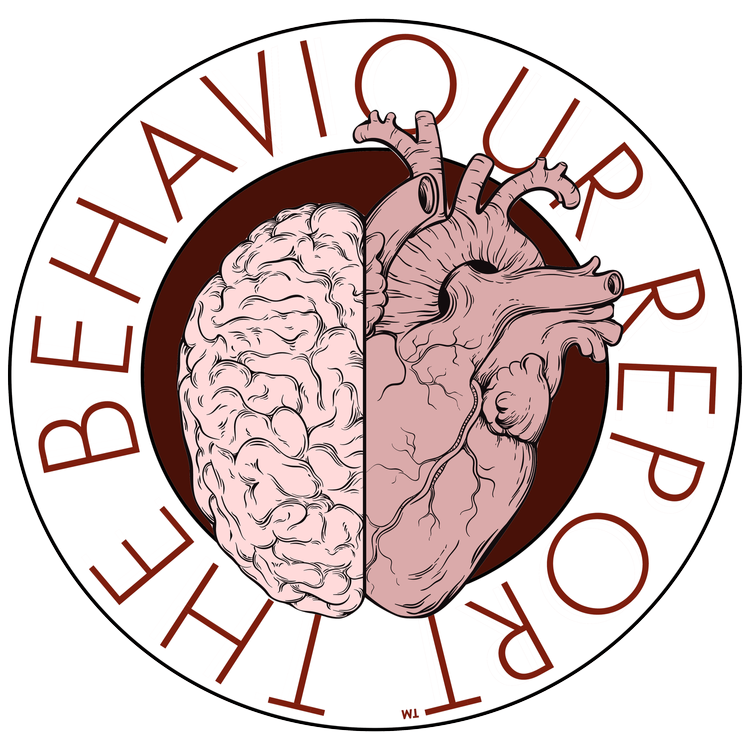Kieran Flanagan @ThinkKieranF
People talk about innovation a lot. In fact, it’s one of the things I’m also asked to speak about most often at conferences, away days, off-defenssites and training workshops. And I will happily continue to do so.
However, as much as people talk about innovation, I’ve also noticed a reticence in the teams I work with to actually execute, implement and get behind true innovation, and I have a sneaking suspicion as to why this may be the case.
One of the challenges of true innovation is that it requires a willingness to challenge the status quo, to be willing to abandon existing processes and competencies and even to (gasp!) learn to do things differently.
This is rather more simple that it sounds. Particularly for our best and most experienced staff.
Often times, they know so much about the way things have been done, or how they should be done, that they can struggle with how things might be done. Something that newer hires and more “disruptive” staff don’t find quite so difficult.
This means, they will often unconsciously fight any innovation initiative if it makes them feel vulnerable, less competent or confident or perhaps a little exposed. In other words, their survival instinct kicks in and does precisely what it was designed to do.
Rather than trying to fight the human survival instinct (which is an exercise in futility), I simply enlist this same survival instinct and use it by reframing innovation as “risk prototyping.” It might sound like semantics, but believe me, the psychology involved is completely different.
While many team members and employees are reluctant to engineer themselves out of a good job, they can much more easily identify and prototype external threats to those jobs if they are asked to.
Put simply, I get them to engage in a design process where they generate the kinds of innovations that would undermine, destroy or force them to reinvent their current business model and, once we’ve explored the threats, we can then establish whether we should invest in these ideas before competitors do.
This re-frame gives them permission to fully explore what they should do and not be limited by what they could do. It also allows teams to marshal their full creativity and to exercise both sides of their competitive natures - both defence and offence.
Ultimately, your people may be better innovators, more entrepreneurial spirits and better creative problem solvers than they are demonstrating, you may just need a similar re-frame to unleash their collective genius.
To begin, keep it simple, ask them what they would hate their competitors to bring to the marketplace. They, more than your competitors, will be acutely aware of where your inherent weaknesses lie. Then, make innovation a defensive strategy against the best (or worst) case scenarios they can imagine.
Instead of pushing against their human nature to drive a result, enlist it to push them further than they ever imagined possible.
